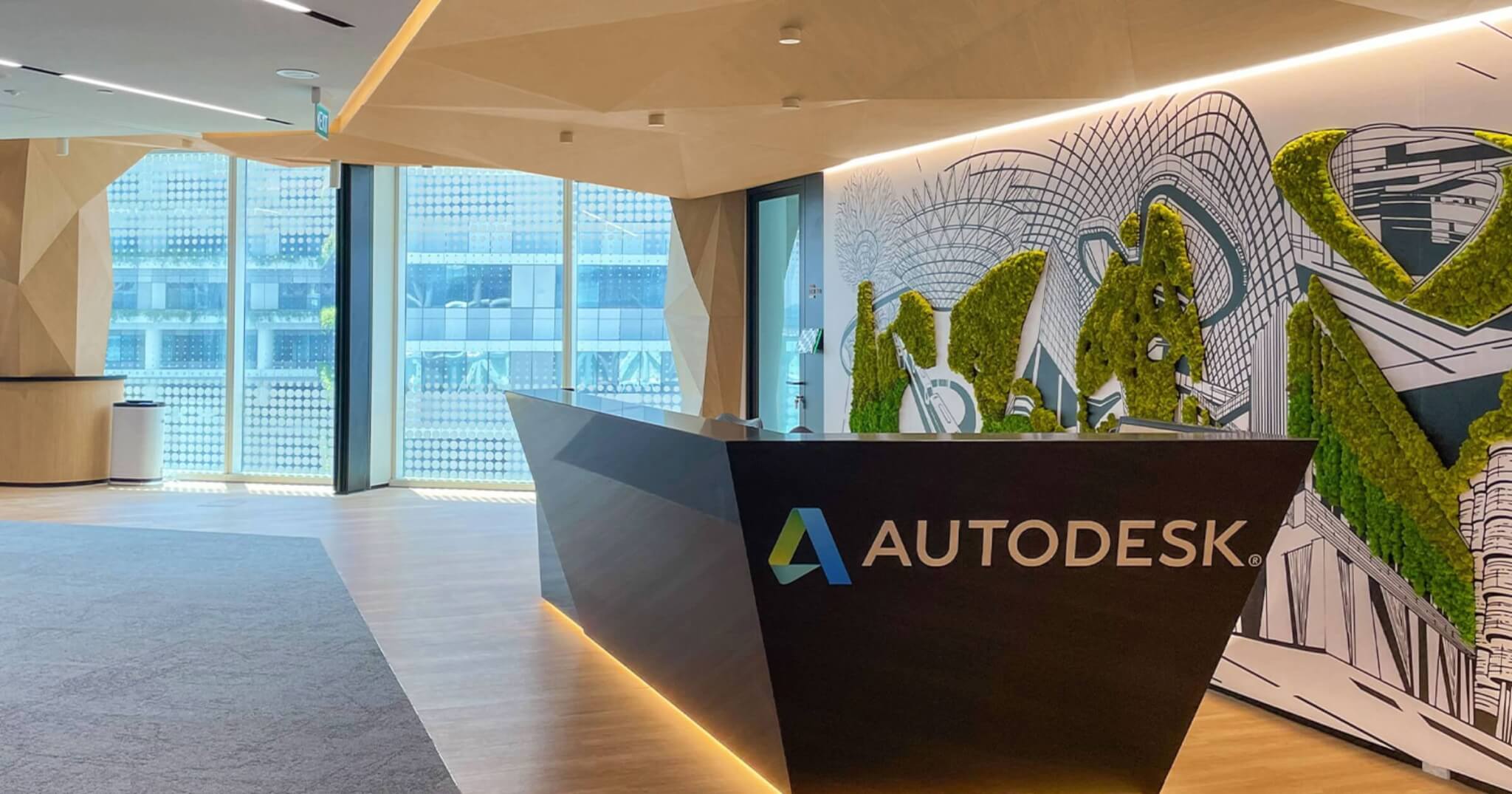Autodesk is laying off 1,350 employees, a significant workforce reduction for the company that powers much of the AEC industry. The move raises questions about the broader economic landscape: Are these layoffs isolated, or could they signal a downsizing trend across construction technology and related industries?
Why Autodesk cut 9% of its workforce
The company cited a need to restructure operations and focus on key growth areas. Autodesk CEO Andrew Anagnost says the company’s go-to-market model is evolving to better align with customer and partner needs. In a memo to employees, he wrote, “Our GTM model has evolved significantly—from the transition to subscription and multi-year contracts billed annually to self-service enablement, the adoption of direct billing, and more.”
He added that these changes are designed “to better meet the evolving needs of our customers and channel partners.” As part of that shift, Autodesk is now transforming its GTM organization to “increase customer satisfaction and Autodesk’s productivity.”
The decision follows a pattern across tech-heavy industries facing post-pandemic shifts and economic slowdowns. Meta announced it would lay off 5% of its workforce in January. Workday followed with an 8.5% reduction, and just this week, Google made cuts to its HR and cloud teams. HP also filed plans to reduce its headcount by up to 2,000 employees—roughly 4% of its total workforce.
While Autodesk remains financially strong, this kind of workforce reduction hints at potential instability in the sector, particularly as companies reassess their workforce needs in a changing market.
The impact is immediate for workers—thousands of skilled professionals are now seeking new jobs, some of whom are specialists in construction software, design, and engineering tech. This could lead to an influx of talent in the job market, increasing competition for roles at rival firms or adjacent industries.
For construction companies relying on Autodesk’s software suite, there’s concern over whether the layoffs will impact customer support or future innovation. While the company insists it remains committed to its customers, job cuts often lead to service slowdowns and shifting priorities.
An industry trend?
The construction sector—particularly companies involved in large-scale infrastructure and urban projects—has felt the economic pressure coming from the tariff wars. However, demand for new developments continues to exist even with the raised costs, suggesting that opportunities still exist while the industry faces challenges. As long as infrastructure spending and urban development remain strong, the sector may avoid widespread layoffs.
On the positive side, companies seeking skilled professionals may find a larger talent pool available thanks to Autodesk cutting 9% of its workforce, potentially benefiting the broader industry in the long run. Areas like AI-driven design, sustainable construction, and project automation are in high demand for workers, so while Autodesk may have laid off a significant number of its employees, the labor force and demand remain strong in the technology field.
Stay ahead of the latest construction industry news—subscribe to our newsletter for updates on trends, workforce changes, and industry news.



